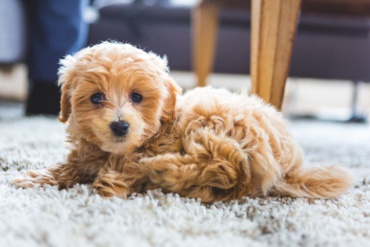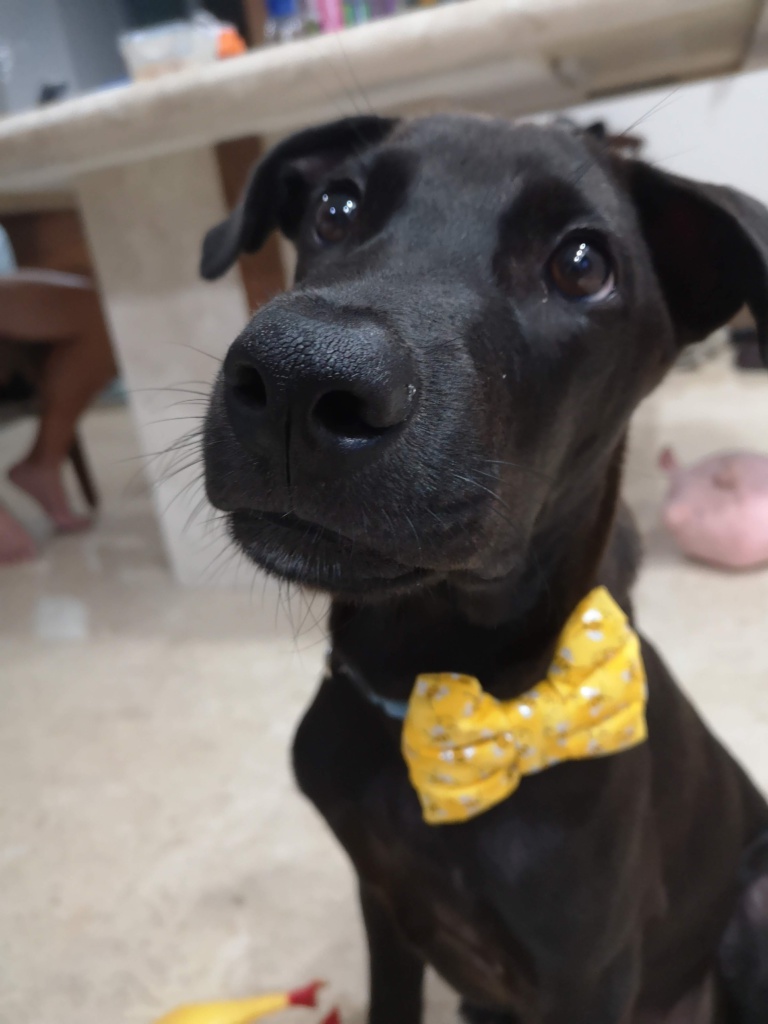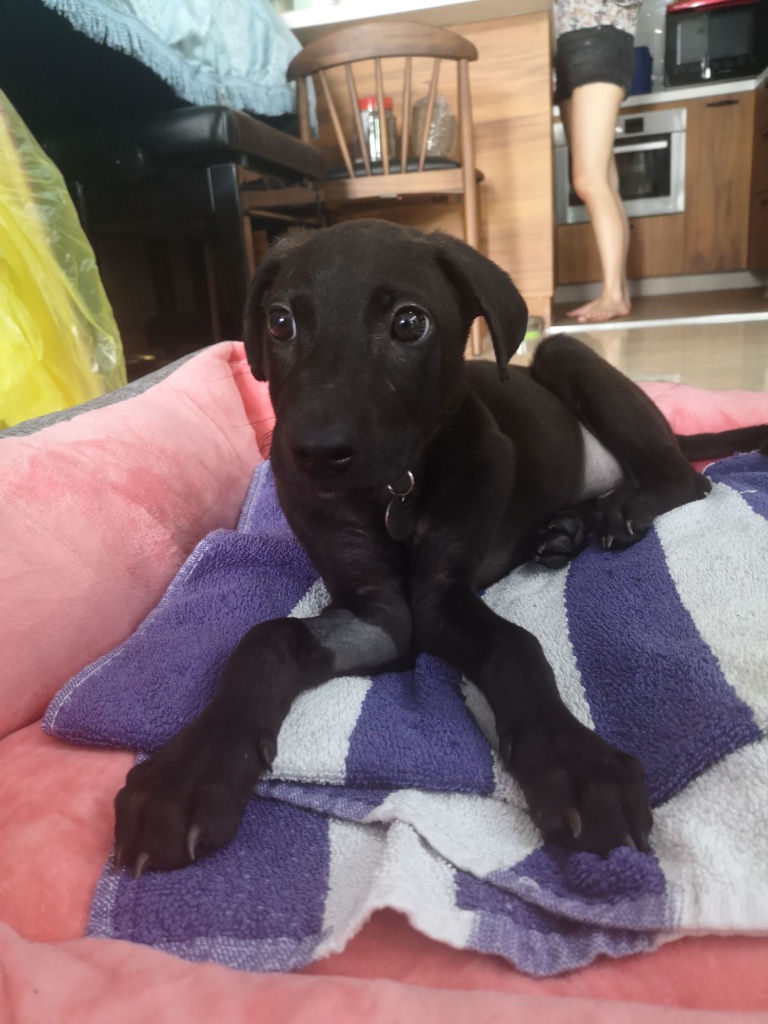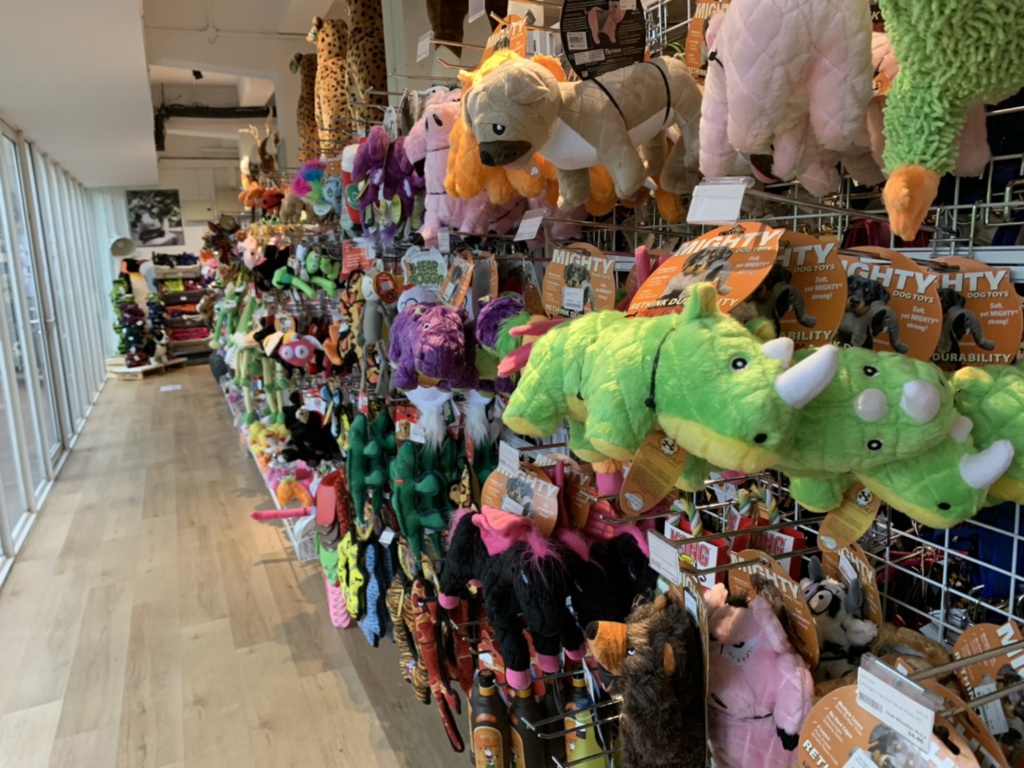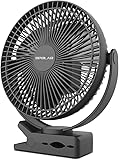Article originally published on Purina. Refer to the original article here.
When bringing a kitten into your home, it’s best to make sure you’re prepared. That will help create a smooth transition that is less stressful for your new cat. Here is a rundown of supplies you’ll need to prepare in advance. We think you’ll find that when you’re prepared, you’ll have more time left to bond.
When hitting the road, you’ll need to transport your kitten in a carrier. This will keep her safe and provide a sense of security. Travelling can be scary for a kitten, so make sure the carrier is roomy and well-ventilated. Try lining the bottom with a towel from her former home or shelter to comfort her with a familiar scent. And make sure your carrier is secure and easy to clean.
Food and Water Bowls
Your kitten has lots of energy, so select bowls that won’t tip over too easily. Some kittens are allergic to plastic, so opt for a different material like easy-to-clean stainless steel. You’ll want to wash her food and water bowls daily to keep things fresh. Plenty of clean, fresh water on hand is key for a kitten too.
Litter Box
Make sure the box is roomy to prevent scattering litter around the house. You’ll also need to buy cat litter and a scoop or strainer to remove soiled bits. A clean litter box is key because your kitten will avoid using a messy, smelly one. Wash her pan once a week with soap and water. It is best not to use strong disinfectants (containing ammonia); they aren’t necessary and may offend your kitten’s sensitive nose. Use a mild disinfectant such as bleach and water on the litter box about once a month, putting the box outdoors to dry in the fresh air, if possible. Always wash your hands thoroughly after handling.
IMPORTANT: Humans may contract an organism called toxoplasma from cat feces while cleaning out the litter box. Wear gloves while changing your kitten’s litter and always wash your hands afterwards. Pregnant women should be especially cautious and consider asking another family member to clean the litter box. This is because toxoplasmosis can cause severe birth defects. We recommend that a non-pregnant family member clean and change the litter box.
Bed
Most kittens like to have their own place to rest, but don’t be disappointed if she chooses to ignore her new bed. Until you see what your kitten’s preferences are, you may not want to spend a lot of money on a fancy wicker basket or plush bed. Begin with a simple, cardboard “bed.” Get a roomy cardboard box with sides high enough to keep out drafts. Cut out a doorway. Line the box with an old cushion and cover with soft, washable material for warmth. If possible, use an old sweatshirt for a lining. Your scent will be comforting and encourage her to use her new space. Cats are very particular, so make sure the bedding is always clean. Place the bed in a quiet, draft-free corner away from the main traffic in your house. This will be your kitten’s corner.
Scratching Post
Contrary to popular belief, cats do not use a scratching post to sharpen their claws. They use it for exercise (to stretch out to their full length), to clean away dead scales from their nails, and to mark their territory, both visually and with their scent. Get a scratching post right away to help train your kitten early. The scratching post should be sturdy and tall enough to let your kitten stretch out, full length. Train your kitten to use the scratching post as soon as she comes home. Encourage her to use her post by playing with her often, near or around it. She’ll get the idea quickly. Then when she gets the urge to stretch, hopefully she’ll use the post instead of your furniture. Try to place your kitten’s bed and scratching post close together so she learns to use it when she first wakes up and needs a stretch.
Collar, Harness, & Leash
A cat harness or leash can be a great training tool for your kitten, though they’re not a must. If you’re already thinking along these lines, a harness is probably best, as kittens often dislike the feeling of a leash. However, make sure your kitten always wears a collar made of lightweight material and an identification tag. Have her wear one early on, to get her used to the sensation.
Grooming Tools
Grooming helps keep your kitten healthy and beautiful. You’ll need both a flea comb and a brush, though the type of brush you use depends on the texture and length of your kitten’s coat. Ask your veterinarian or groomer to recommend one that’s right for you.
Toys
A kitten is naturally curious and needs toys that are safe and fun to play with. Choose toys made especially for cats—ones that cannot be splintered, torn apart or swallowed. A celluloid ball that rattles, a catnip mouse or a hard rubber mouse is perfect. To avoid accidents, some cat toys should be used only when you are playing with your kitten.
Toys don’t need to be store bought. Use your imagination. Some great play-things include:
- Table tennis ball
- Empty wooden thread spool
- Unshelled walnut
- Balled-up waxed paper
- Cardboard toilet paper tube
- Empty shoe box
Some items you may be tempted to give your kitten could be harmful. Keep the following away from your kitten:
- Balls of string
- Spools of thread
- Rubber bands
- Balls of aluminum foil or cellophane
- Corks
- Wire twist ties
Also avoid anything with hard sharp points that can break off. Be wary of toys (or items that a kitten may see as a toy) that can break, such as Christmas tree ornaments for example. Be careful not to give her anything small enough to swallow, like buttons, beads or paper clips. Keep your kitten away from children’s toys made of soft rubber, fur, wool, sponge or polyurethane. If your kitten swallows even a small particle, it could cause digestive problems. Avoid all toys with squeakers that could be swallowed.
We hope this list helped prepare you to make your home a happy place for your cat.


